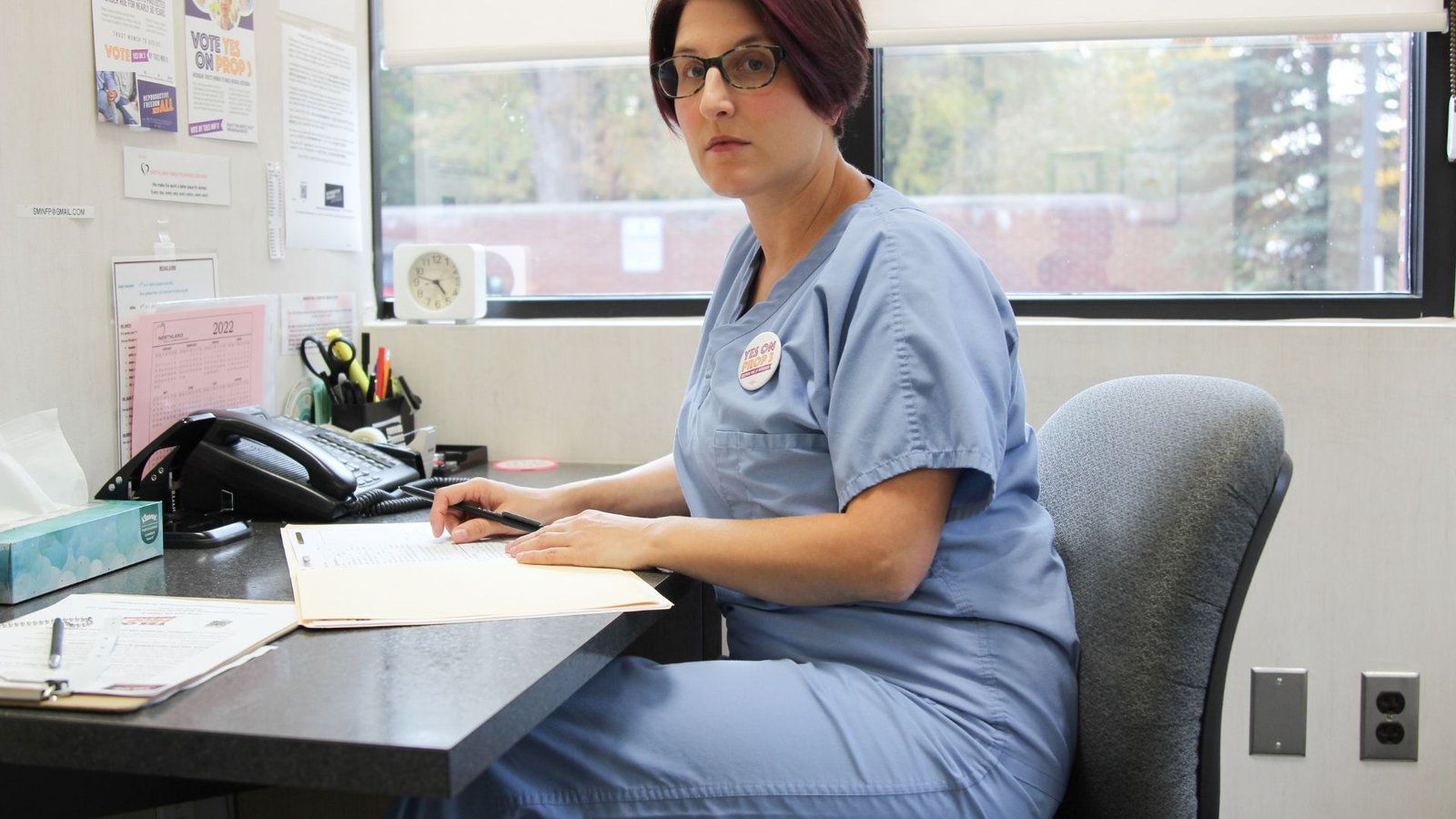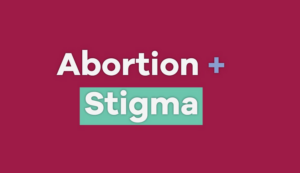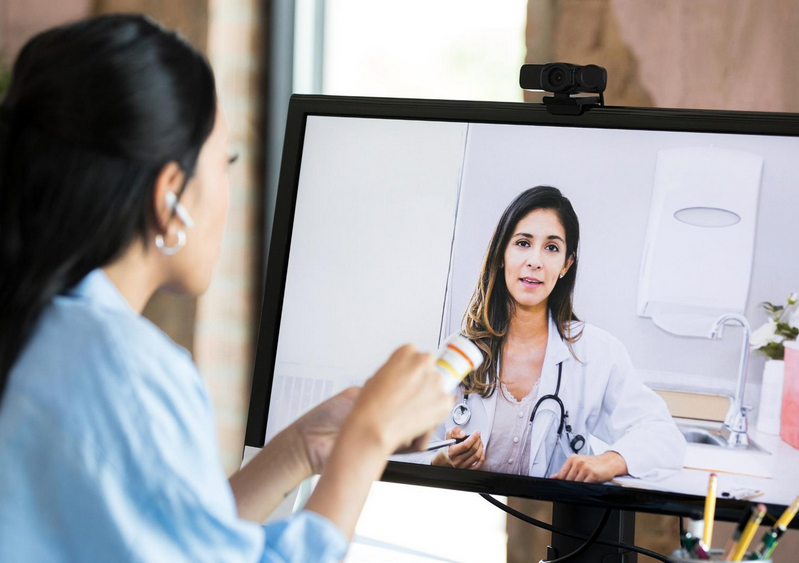
Women’s health and access to abortion care in Texas have long been subjects of intense debate and scrutiny. In recent years, the landscape has become even more complex due to legislative changes and legal battles. In this comprehensive exploration, we’ll navigate the multifaceted aspects of women’s health in Texas, shedding light on the challenges, resources, and evolving narratives surrounding abortion care.

The Legal Landscape
The Impact of SB 8
The controversial Senate Bill 8 (SB 8) has significantly altered the legal landscape of abortion care in Texas. It bans abortions as early as six weeks into pregnancy before many women even realize they are pregnant. This law also empowers private citizens to sue anyone who aids or abets an abortion, creating a chilling effect on healthcare providers.
Legal Challenges and Uncertainty
The implementation of SB 8 has sparked legal challenges and debates over its constitutionality. The law’s unique enforcement mechanism, allowing private individuals to sue, has left the future of abortion access in Texas uncertain. Legal battles are ongoing, leaving women’s health hanging in the balance.
Access Disparities
Rural Healthcare Challenges
Access to abortion care is not evenly distributed across Texas. Rural areas often lack healthcare facilities that provide reproductive services, forcing women to travel long distances for care. This geographical disparity disproportionately affects low-income women who may struggle to afford travel and accommodation.
Barriers for Marginalized Communities
Women of color and marginalized communities face additional barriers in accessing abortion care. They may encounter systemic racism, language barriers, and discrimination when seeking healthcare services. These disparities highlight the need for culturally competent and inclusive care.
Healthcare Providers and Clinics
Role of Abortion Clinics
Abortion clinics play a crucial role in providing safe and legal abortion care in Texas. They offer a range of services, including counseling, medical examinations, and procedures. However, many face increasing scrutiny and financial pressures due to restrictive legislation.
Supportive Healthcare Professionals
Healthcare providers, including doctors, nurses, and counselors, are essential in ensuring that women receive compassionate and comprehensive care. Many professionals are dedicated to upholding women’s reproductive rights and providing essential services despite the challenging legal environment.
Reproductive Education
Importance of Education
Comprehensive reproductive education is key to women’s health and empowerment. It equips individuals with the knowledge to make informed choices about their bodies and reproductive health. Accessible, science-based information is essential in dispelling myths and misconceptions.
Community Outreach and Resources
Community organizations and nonprofits play a vital role in providing education and resources related to women’s health and abortion care. They offer support, guidance, and access to services for those navigating the complexities of reproductive healthcare.
Healthcare Decisions and Autonomy
The Right to Choose
Women’s autonomy over their healthcare decisions is a fundamental principle. The ability to choose whether to continue or terminate a pregnancy is a deeply personal one. Advocates stress the importance of preserving this autonomy in the face of restrictive laws.
Challenges to Autonomy
The passage of SB 8 and other restrictive measures has raised concerns about the erosion of women’s autonomy. Fear of legal repercussions and stigma can deter women from seeking the care they need, potentially compromising their health and well-being.
Emotional and Mental Health
Emotional Toll
Abortion is a complex and emotionally charged decision. Women who choose to have an abortion may experience a range of emotions, including relief, sadness, or guilt. Access to mental health support and counseling is crucial in helping women navigate these feelings.
Stigmatization and Mental Health
The stigma surrounding abortion can have a profound impact on women’s mental health. Feeling judged or marginalized can exacerbate emotional distress. Supportive communities and mental health services are essential in addressing these challenges.
The Role of Advocacy
Advocacy Efforts
Numerous advocacy organizations and activists are tirelessly working to protect and expand women’s access to abortion care in Texas. They engage in legal battles, raise awareness, and provide resources to empower women to make informed choices about their reproductive health.
Community Mobilization
Community mobilization and grassroots movements are essential in advocating for women’s health. By raising their voices, women and their allies can effect change, challenge harmful legislation, and support one another in the pursuit of reproductive autonomy.
Looking Ahead
Hope and Resilience
Despite the challenges and uncertainties, there is hope and resilience in the fight for women’s health and reproductive rights in Texas. Ongoing legal battles and advocacy efforts serve as beacons of optimism, reminding us that the struggle for autonomy and access continues.
The Need for Dialogue
Open and respectful dialogue is essential in advancing the conversation around women’s health and abortion care in Texas. Listening to diverse perspectives and engaging in constructive conversations can help bridge divides and foster a more inclusive and compassionate approach to reproductive healthcare.
Conclusion
Women’s health and access to abortion care in Texas remain deeply intertwined with legal, societal, and healthcare complexities. As we navigate this challenging landscape, it is imperative to prioritize women’s autonomy, support healthcare providers, and advocate for inclusive, accessible, and compassionate care. The journey toward comprehensive women’s healthcare continues, marked by resilience, advocacy, and the unwavering commitment to preserving reproductive rights.















